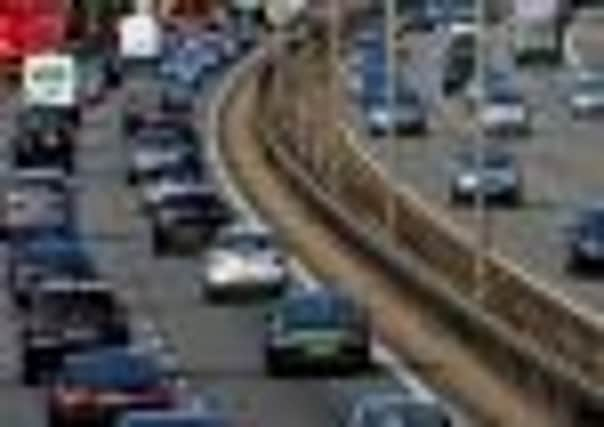M1 ‘will be safer’ under all lanes plan


The agency’s so-called Managed Motorways All Lane Running (MM-ALR) scheme is the first of its kind in the country, and is due to be introduced between junctions 32 and 35a later this year.
It differs from other managed motorways schemes because it will result in the hard shoulder “running live” 24 hours a day, not just at peak times as on other areas of the motorway network.
Advertisement
Hide AdAdvertisement
Hide AdEarlier this week the South Yorkshire Safer Roads Partnership told the Yorkshire Post it could not endorse the scheme as it stood because of concerns expressed by all three 999 services.
A major worry is a predicted 200 per cent increase in collisions involving stationary vehicles, which will not be able to pull over after the hard shoulder has been converted to a traffic lane.
Yesterday the Highways Agency said it accepted the increase in risk relating to that “one specific hazard” but claimed that overall the motorway would actually be safer as a result of the plan.
A spokesman said: “The existing managed motorways schemes have not only improved reliability and eased congestion, but have also delivered significant safety benefits.
Advertisement
Hide AdAdvertisement
Hide Ad“Evidence from the M42 managed motorway scheme shows that personal injury accidents have more than halved, and there have been no fatalities in the five years it’s been in operation.
“It is from our experience of designing and operating similar managed motorway schemes, that we are confident that the all lane running design presents a solution and that the M1 will remain at least as safe as it is now.
“We are actively working with South Yorkshire Safe Roads Partnership to consider their concerns.”
The stretch of motorway involved runs around Sheffield and includes the junction where the M18 joins the M1 and the Tinsley Viaduct, which currently runs as just two lanes in both directions.
Advertisement
Hide AdAdvertisement
Hide AdKen Wheat, who manages the Safer Roads Partnership, which includes the emergency services and the Highways Agency as members, said there were also concerns over how those areas would be dealt with.
The agency said that based on a risk assessment looking at 136 different hazards the overall hazard rating will be lower that the current situation on that stretch of the motorway.
It said there were “control mechanisms” built into operating a managed motorway which will help in the recovery of vehicles which stop in a running lane as a result of a breakdown or problem.
The spokesman added: “There will still be emergency refuge areas, or large lay-bys, in place on the M1 for use by road users in an emergency - this will off-set a substantial amount of the risk associated with the hazard.”
Advertisement
Hide AdAdvertisement
Hide AdThe agency said CCTV cameras will also be used by traffic officers to monitor the motorway and traffic speed sensors will be installed in the carriageway, with data used to set overhead warning signs.
Those signs will also be used to provide advanced warning to drivers of broken-down vehicles.
The Highways Agency had originally planned to start work on the scheme this month, but that has been moved back to April. It is hoped safety negotiations will be complete by then.